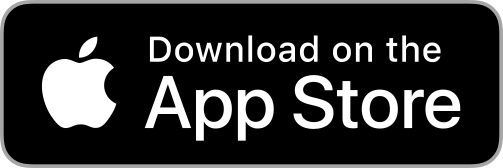Eighteen months ago this week our family received a shocking diagnosis: our oldest child had Type 1 Diabetes (T1D). We have no family history of diabetes, so we hardly knew where to begin in dealing with this chronic condition. The good news is that our boy is doing great. He’s almost 9 now, and he’s showing lots of maturity around managing his condition. He’s got great estimated A1C numbers that show we’re working together well to control his blood sugar. But this isn’t a post about that.
The Diabetes Community
Through the last 18 months, the support of the community — really various communities — of our son, our family, and my wife and me has been extraordinary. From knowing virtually nothing about this disease to wrapping our heads, arms, and heart all the way around it literally took a village. This post is a little bit about that village.
I’ve never personally been good at asking for help. Forever independent and sometimes even contrarian just to make a point or extend a discussion that I believe is worth challenging, it’s not natural for me to ask others to solve my problems. Our son’s health was too important to follow that predisposition, so we immediately turned to our friends. About a week after his diagnosis, it was my birthday. We decided to discuss openly on Facebook with our friends about our T1D diagnosis and run a fundraiser for the Juvenile Diabetes Research Foundation (JDRF) to celebrate my birthday in a new way. We also got to finally dogfood an amazing fundraising product my former colleagues at FB built!
Through the generosity of our friends, we raised about $17,000 and matched it ourselves for a total of $34,000. But what was even more important was the outreach of friends, and soon thereafter, new friends at the JDRF. We were on the receiving end of that thing I habitually shy away from: help.
Virtual Introductions in 2020
Now looking back, one category of help that was most valuable was introductions. All the different communities I’ve been a part of over the years had people reaching out with their stories and offers of connections to others knowledgeable about T1D or affected by diabetes. Fueled by the increased efficiency of a CoVID-19-dictated video-conferencing-first mindset, I took virtually every meeting offered. And those new friends and acquaintances made more introductions. And so on and so on.
Building the Network Diagram
I spent over four years helping Mark and the team at Facebook build that world-changing phenomenon. Because of that, I was particularly interested in the structure of the interpersonal connections I was making. I wanted to see what that personal networking looked like, so over the last month, I did some archaeology over GMail and FB Messenger and other introductions made and recorded who introduced us to whom. I created the below diagram where each person I met or knew is an oval with an arrow line pointing to the person they introduced me to. Here’s the diagram after de-identifying the people:

Limitations
There are some important limitations to mention before saying anything more. For space, I omitted 212 individuals who I interacted with in some way but that did not (to my recollection) introduce me to someone new related to diabetes. I also only recorded the first person who introduced me to someone new (that’s why the above graph diagram has no nodes with multiple “in” links). Each “root” of a tree in the diagram is someone I knew before our diagnosis (i.e., there’s an implicit arrow or edge from my wife and me at the very top to each of the root nodes in the diagram).
One characteristic of the graph is that it’s got some pretty good depth. Note how there are trees with depth 7 and 6. There was also a linear chain of 4 deep and a couple other trees 3 deep. The deepest structures all came from bridging across communities where there was a rich set of relevant people for the next in the chain to introduce us to. E.g. a Googler introducing me to someone at the JDRF accounts for one cluster, and a residential neighbor introducing me to folks at Stanford LPCH is another significant cluster.
My quantitative and abstract mind loves distilling these 18 months of networking into a simple visualization. But what’s been more important to our family is the support and knowledge shared through our new community of Type 1 friends.
We plan to give back more soon as we get closer to the launch of Gluroo, the app and service we’ve been building to help make managing diabetes less of a struggle.




